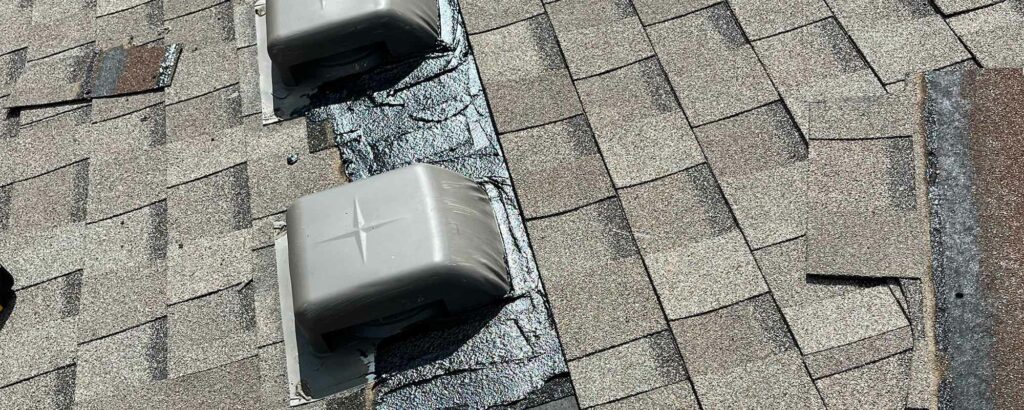Roofing tar is a viscous, semi-solid material that is used to protect the roof of a building from moisture. It’s also known as coal tar pitch, bitumen or asphaltum. This sticky substance has a high melting point so it can withstand high temperatures and is often used in construction. Roofing tar comes in two main types: solvent-based and hot-water solvent. Here we will explain what roofing tar is used for, how to use it correctly and where it should not be used.
